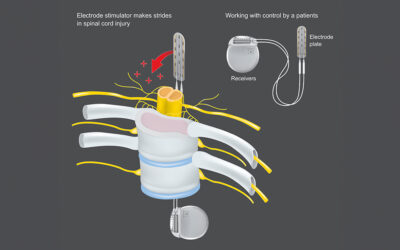The onset of back pain among runners may stem from a general weakness in their deep core muscles, new research indicates.
Such deep muscles are located well below the more superficial muscles typified by the classic six-pack abs of fitness magazine fame, the researchers noted.
Using computer simulations, they found that runners with relatively weak deep core muscles end up relying more and more on their superficial muscles to keep on running. The result is a higher risk for back pain.
“We measured the dimensions of runners’ bodies and how they moved to create a computer model that’s specific to that person,” said study lead author Ajit Chaudhari. “That allows us to examine how every bone moves and how much pressure is put on each joint.”
Chaudhari is an associate professor of physical therapy and biomedical engineering at Ohio State University’s Wexner Medical Center.
The investigators found that “when your deep core is weak, your body is able to compensate in a way that allows you to essentially run the same way,” Chaudhari said in a medical center news release, “but that increases the load on your spine in a way that may lead to low back pain.”
The study team said it’s not uncommon to find avid athletes who fail to put sufficient focus on their deep core strength, perhaps because superficial muscle maintenance tends to get a lot more public attention.
However, Chaudhari said, “working on a six-pack and trying to become a better runner is definitely not the same thing.
“If you look at great runners, they don’t typically have a six-pack, but their muscles are very fit,” he said. “Static exercises that force you to fire your core and hold your body in place are what’s really going to make you a better runner.”
The study was published online recently in the Journal of Biomechanics.
More information
The American Academy of Family Physicians has information on low back pain.
SOURCE: Ohio State University Wexner Medical Center, news release, Jan. 3, 2018



